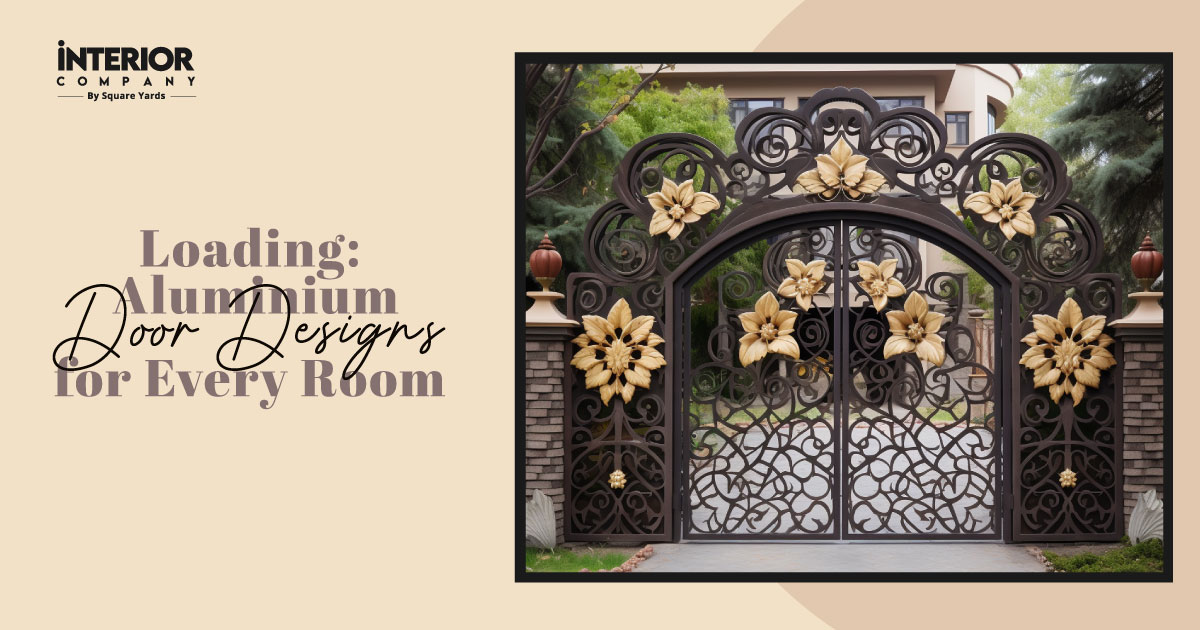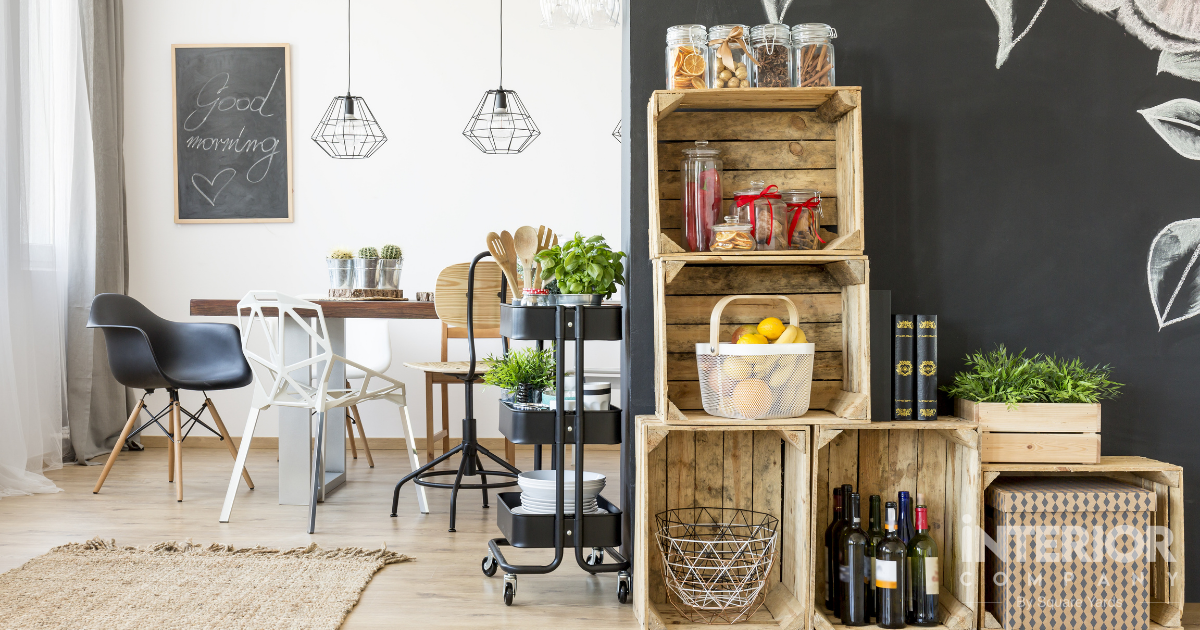- Home
- Trends
- Furniture And Decor
- Gardening
- Bird Of Paradise
Bird-of-Paradise Mastery: A Comprehensive Guide to Growing and Caring in 2025
With a striking silhouette and vibrant blooms, the bird of paradise is a houseplant guaranteed to turn heads. Its large, sculptural leaves and stunning, bird-like flowers make it a true centre of attention, injecting a touch of the tropics into any space. The bird of paradise flower, with petals that mimic origami birds outstretched on the wind, paints the air with hues of sunset and ivory.
Table of Content
Do not let its tropical origin and exotic flair fool you- the bird of paradise plant care is surprisingly easy. Indirect sunlight and a weekly watering schedule are all it takes to keep this beauty thriving. Whether you are a seasoned plant parent or a curious beginner, the bird of paradise is a rewarding choice.
Beyond the iconic orange and blue blooms, you will find a surprising array of bird of paradise plant varieties. Creamy white blossoms, vibrant reds, and even purple hues offer unique options to match your decor. Adaptable both indoors and outdoors (in milder climates), it effortlessly adds elegance to your windowsill or patio.
Prepare to unravel the mysteries of this tropical stunner and master the effortless bird of paradise plant care routine to keep them thriving.
What is the Bird of Paradise Plant?
Hailing from the sun-drenched regions of Southeast Africa, the Bird of Paradise (Strelitzia) reigns supreme amongst tropical houseplants. Five distinct birds of paradise species make up this regal family, with S. reginae and S. juncea emerging as the most prevalent and readily adaptable additions to domestic spaces.
Glossy, banana-like leaves fan out as a verdant crown and bird-like blooms erupt from sturdy stems, ranging from fiery orange and sapphire blue to elegant ivory in different bird of paradise plant varieties.
While indoor blooms are less frequent, ample sunlight, appropriate humidity, and favourable temperatures can coax a breathtaking floral spectacle. Adaptable to varied lighting, a sunny spot unleashes the plant's vibrant spirit. The bird of paradise flower, resembling vivid orange and blue cranes in graceful flight or their soft white counterparts in some varieties, is the hallmark of the Strelitzia's undeniable allure.
The stiff bird of paradise tree leaves, though seemingly unappealing for nibbling, pose a risk of toxicity to cats, dogs, and horses. Ingestion of the plant material can lead to adverse health consequences. It is essential to keep these plants beyond the reach of pets and children to safeguard against unintentional poisoning.
Do Homegrown Birds of Paradise Produce Flowers?
While Bird of Paradise plants are known for their stunning tropical blooms, whether homegrown ones put on their floral show depends on two key factors: consistent care and age.
Blooming
Successful blooming hinges on a reliable source of bright, indirect sunlight. Fluctuations in light exposure can hinder floral development, so choosing a suitable location and maintaining consistent placement is crucial.
Mimic their natural habitat in your home ‘ plenty of sunshine and regular rainfall. Find them a bright spot away from direct sunlight and stick to a regular watering schedule, letting the soil dry slightly between waterings.
Patience is Key
Do not expect instant floral fireworks! A bird of paradise plant must reach maturity before blooming regularly. While an occasional bird of paradise flower may appear before this, for most newbies, that means waiting around five to six years.
So, if your young plant is not putting on a floral display yet, give it time and continue providing optimal care.
Source
Exploring Bird-of-Paradise Plant Varieties
While the image of the iconic orange and blue bird of paradise reigns supreme, this botanical family boasts surprising diversity in its floral palette. Three distinct bird of paradise plant varieties offer a range of vibrant hues to grace your home.
Mandela's Gold
Swapping sunset orange for sun-kissed yellow, the 'Mandela's Gold' bird of paradise offers a vibrant twist on the classic tropical beauty. It dazzles with a crown of sun-kissed yellow blooms, delicately accented with sapphire blue, adding a touch of tropical grandeur to any space.
Orange Bird-of-Paradise
Dazzling blooms erupt like jewels from 3-foot stalks throughout winter, spring, and summer, adorning the Strelitzia reginae plant. The plant reaches stately heights of 6 feet, its verdant foliage spanning 3 feet wide. This variety is perfect for a touch of autumnal warmth for your indoor oasis with sunset-hued blooms, from fiery orange to smouldering red, offset by the elegance of plum-coloured accents.
White Bird-of-Paradise
Strelitzia nicolai unfurls a crown of 5-foot leaves, creating a fan atop its tree-like form. In spring, this giant bird of paradise tree towers at 30 feet with a 15-foot wingspan of foliage and fragrant ivory blooms. This classic white variety provides a calming counterpoint to its flamboyant cousins for a more serene aesthetic. The cream-coloured flowers of this bird of paradise tree offer a touch of timeless elegance.
How to Care for Your Bird of Paradise Plant?
The secret to a vibrant bird of paradise plant is simpler than you think. Though their exotic blooms evoke visions of lush jungles, the paradise plant is surprisingly low-maintenance and resilient. With sufficient sunshine and hydration, these tropical beauties can flourish practically anywhere, bringing a touch of the tropics to any corner of your world.
Water
- Newly planted birds of paradise require frequent watering (almost daily) for the first six months to establish strong roots. Water thoroughly, allowing excess to drain away.
- Established paradise plants need regular watering during the growing season, allowing the soil to dry completely between waterings.
- During active growth, ensure your bird of paradise plant enjoys consistently moist soil, aiming for a damp but not soggy texture. Check moisture with your finger about an inch into the soil.
- Adjust your watering schedule, providing more frequent sips to keep up with increased evaporation.
- As seasons shift towards fall and winter, let the soil dry out slightly before offering another drink. Remember, the plant's thirst diminishes alongside the declining sunshine.
- Wilting leaves hint at underhydration, while yellowing foliage might signal overwatering. Adjust your watering regimen accordingly.
- Mature plants are drought-tolerant and may not need winter watering if your region receives sufficient rainfall.
Soil
- The bird of paradise plant boasts a fibrous root system that spreads wide rather than deep, making it suitable for container planting.
- The ideal soil for a Bird-of-Paradise is rich, loamy, and well-draining. Aim for a pH between 5.5 and 7.5.
Ensure the pot has drainage holes to prevent waterlogging. - Ensure your bird of paradise plant thrives in a well-aerated substrate. Supplement your chosen potting mix with perlite or lava rocks as necessary, depending on its drainage capacity.
Fertiliser
- The Bird of Paradise plant fertiliser requirement is minimal. Use an all-purpose fertiliser like a 5-5-5 or 10-10-10, following the product label's instructions.
- Fertilise sparingly during the winter months to encourage growth. During the growing season, fertilise every three to four months.
Temperature
- Bird of Paradise flourishes when temperatures remain above 60°F (15°C). Its ideal range lies between 65°F and 80°F (18°C and 27°C), mimicking the warmth of its tropical origins.
- Protect it from chilling drafts and avoid exposing it to temperatures below 60°F since it can hinder growth and vitality.
Humidity
Humid environments are this plant's happy place. Indoor spaces often fall short, so consider elevating the moisture levels around your plant. Here are some ways to increase humidity around the plant:
Pebble Tray
Fill a tray with water and pebbles, placing the pot on top. As the water evaporates, it increases humidity around the plant.
Humidifier
For a more consistent boost, a nearby humidifier is ideal.
Light
- While Strelitzia species adore ample light, their understory origins make them susceptible to scorching under direct, intense sunbeams. Therefore, whether indoors or outdoors, their ideal lighting situation is very bright indirect sunlight, with shielded protection during the peak sun hours (often midday to afternoon).
- East or west-facing windows offer perfect portals of indirect exposure. These orientations provide ample light to a bird of paradise plant indoors throughout the day without the harsh burn of the direct midday sun.
- South-facing windows can work, but ensure shade or filtered light during peak sun hours, especially in hotter climates.
- North-facing windows may not offer enough natural light for optimal growth for a bird of paradise plant indoors. Consider supplementing with a grow light if you choose this location.
- Low light conditions are unsuitable for their long-term well-being.
Pests and Other Concerns
While generally disease and pest-resistant, bird of paradise plants require different preventative measures depending on their environment.
Outdoor Concerns
- Outdoor plants enjoy relative freedom from pests, though fungal leaf spots and grey mould can occasionally occur.
- Promptly remove and dispose of infected leaves, along with fallen foliage. Avoid overhead watering to minimise fungal growth.
- Ensure adequate air circulation around the plant and maintain space between it and other greenery.
Indoor Concerns
- Indoor cultivation presents a higher likelihood of encountering intruders, namely mealybugs and scale.
- For mild infestations, gently wipe off pests with a cotton bud or paper towel dipped in isopropyl alcohol.
- In cases of heavier infestations, neem oil provides a natural and effective solution.
Preventive Measures
- Regularly examine your bird of paradise plant for signs of pests or disease to address issues promptly.
- Consider monthly neem oil application for indoor and outdoor plants as a preventative measure.
By practising proactive care and vigilance, you can empower your bird of paradise to thrive, nurturing a space devoid of unwelcome guests.
Pruning Tips
Maintaining a beautiful bird of paradise involves occasional sculpting sessions, known as pruning. This enhances its aesthetic while encouraging fresh growth and promotes overall health.
- For established plants, regular prunings promote new, vibrant shoots. Snip away dead leaves or spent flower stalks at their base for a beautiful form.
- If your bird of paradise plant outgrows its space, consider a size reduction. Early spring, before the surge of new foliage, is ideal for this. To maintain its natural silhouette, focus on removing the outermost leaves closest to the stem base.
- Start with minimal pruning and observe your plant's response before taking more. A healthy cut is a clean cut at the base.
Use sharp, sterilised tools to make clean cuts at the base of the leaf or flower stalk to minimise damage and prevent infections.
Potting and Repotting
While known for its majestic stature, the bird of paradise plant adapts surprisingly well to container life. Choosing the right pot and repotting at appropriate intervals keeps these tropical beauties manageable for most living spaces.
Size Matters
S. reginae: Thrives indoors or on patios, often remaining shorter and better suited for smaller areas.
S. nicolai: This towering giant boast leaves reaching 2-3 feet, making it ideal for spacious settings.
Don't Miss Out!
| Winter Flowering Plants | Beautiful Winter Flowers That Grow in Cold Season |
| Money Plant Chinese | Chinese Money Plant Care |
| Decorating With Plants | Creative Ways to Showcase Houseplants in Your Decor |
| Jade Plant Guide | The Ultimate Jade Plant Guide and Care Tips |
| Poinsettia Plant Care Tips | A Guide to Keeping Your Poinsettia Plant Thriving |
Repotting with Care
- When roots begin to constrict the pot or protrude from the drainage holes visibly, repotting becomes necessary.
- Select a pot with adequate drainage holes slightly larger than the existing container.
- Slide the plant out, carefully loosen the root ball, and avoid excessive force.
- Place the root ball in the new pot, add fresh potting mix, and water thoroughly for optimal settling.
Remember, these beauties like their roots snug but not suffocated. Choosing the right pot size and repotting at the right time ensures your bird or paradise has the space and support it needs to flourish.
Don't Miss Out!
| Jade Plant Guide | The Ultimate Jade Plant Guide: Growing, Planting, and Care |
| Large Indoor Plants | Large Indoor House Plants That Completely Change the Atmosphere of Your Home |
| Poinsettia Plant Care Tips | A Guide to Keeping Your Poinsettia Plant Thriving |
| Indoor Plants For You Home And Office | Best And Easiest-To-Care-For Indoor Plants For Home And Office |
| Rebutia Cactus Plants | How to Grow Rebutia Cactus |
Wrapping Up
Its bold form, stunning flowers, and easy-going nature make the bird of paradise plant a perfect addition to any home, bringing a slice of tropical paradise with minimal effort. It adds a unique touch to your space and definitely makes the space extraordinary.
Want to move beyond the mundane home decor? Get in touch with the experts at the Interior Company and create your dream living space.
*Images used are for illustration purposes only. Interior Company does not hold any copyright to the images unless mentioned explicitly.*
Ready for a home transformation?
Let our designers assist you!
Recent Posts
No. Aim for consistently moist soil, not soggy. Let the top inch dry before watering again. During summer, you might adjust to more frequent watering, while winter may mean less. Observe your plant’s thirst cues.
Bird of Paradise plants prefer bright, indirect light. They thrive in full sun but can tolerate lower light conditions.
The bird of paradise needs ample sunlight to bloom. If it’s not flowering, inadequate light could be the issue. Additionally, maturity can take several years before they produce flowers.
Bird of paradise plants can live for several decades when well cared for, with some even surviving up to 50 years in optimal conditions.
Yellowing or browning leaves can indicate overwatering, underwatering, or inadequate light. Adjust watering habits and ensure appropriate light conditions to promote healthy foliage.
Related Category
- Door Design
- Exterior Design
- Indoor Plants
- Outdoors






























